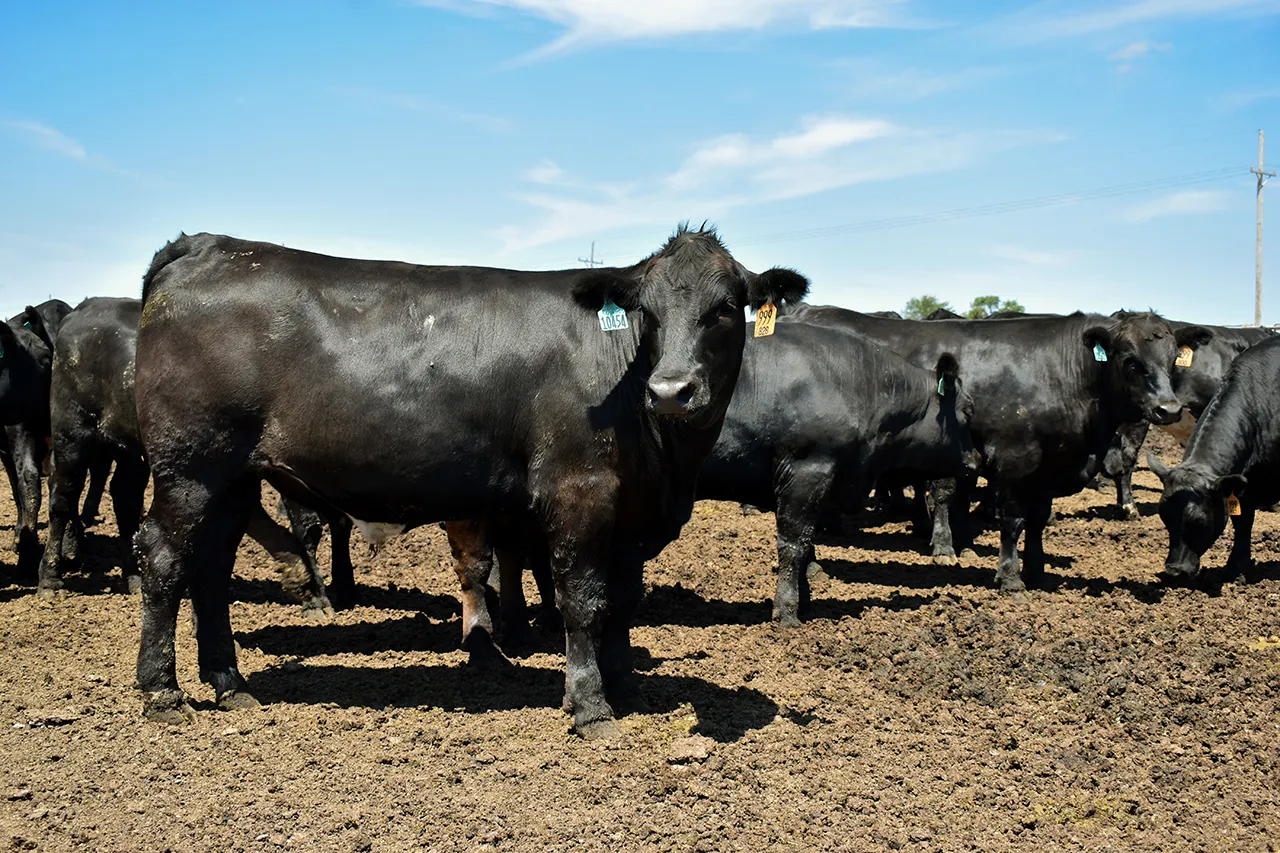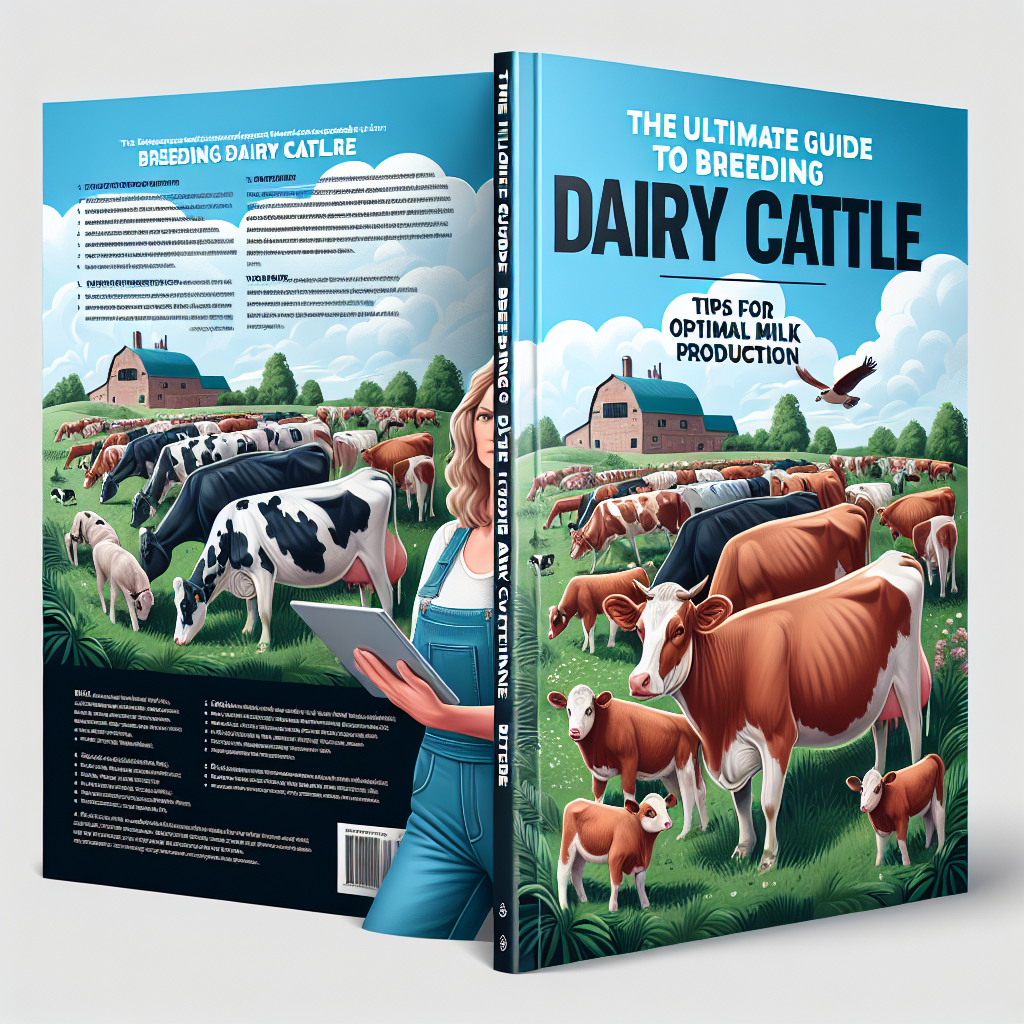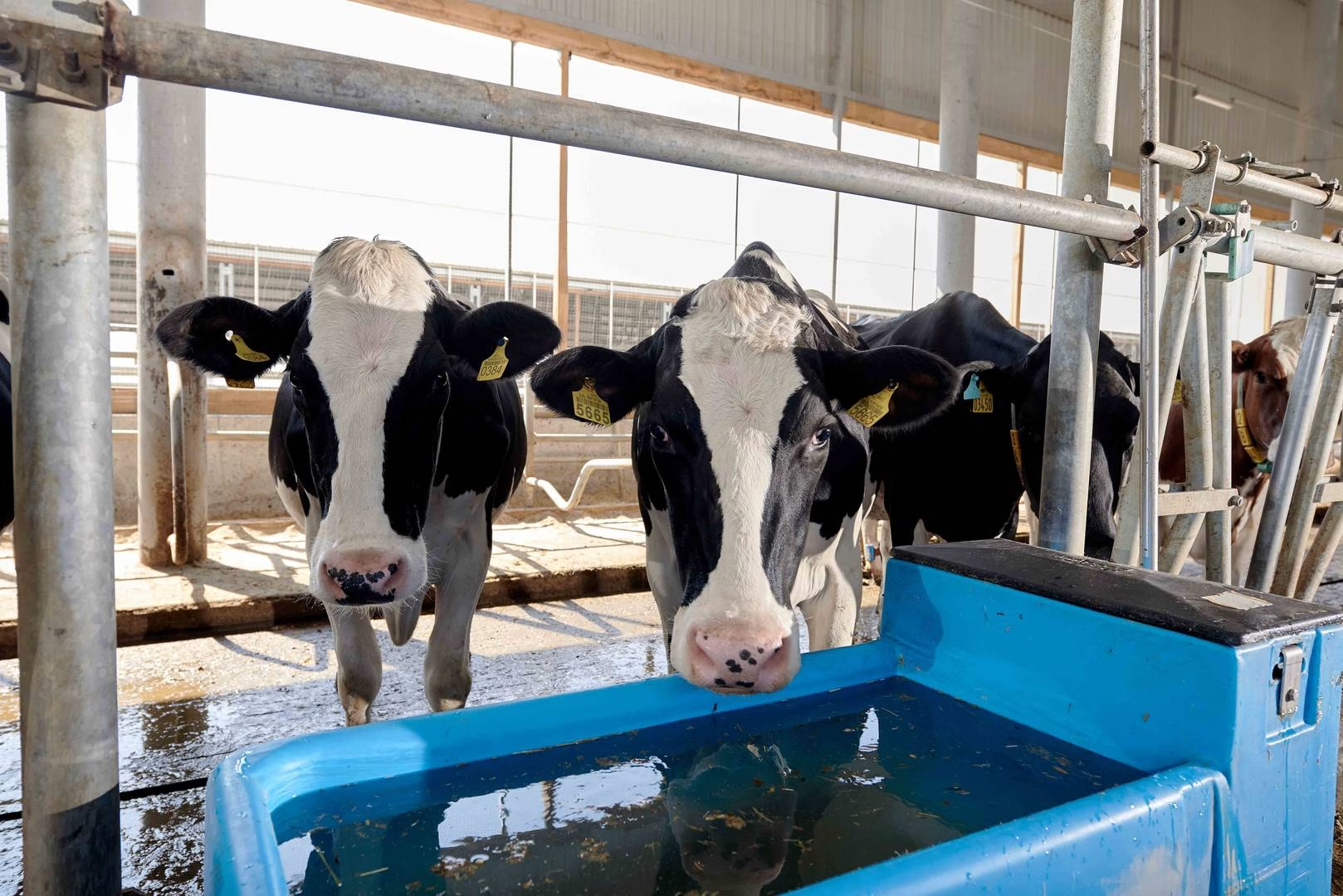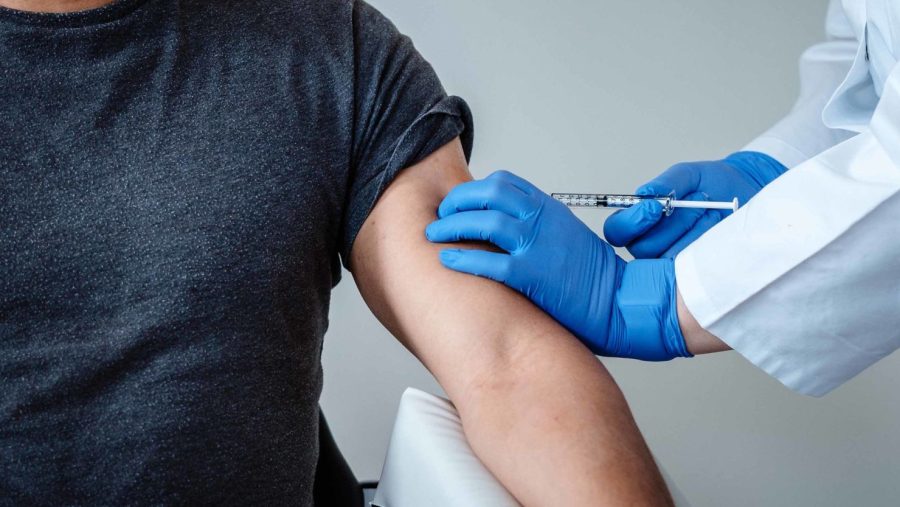New avian influenza vaccine trials could soon protect your dairy farm. Are you ready to safeguard your herd? Discover the latest developments.
Summary: The avian influenza vaccine’s progress marks a significant milestone in combating H5N1 on dairy farms. With the USDA authorizing the first field trial, there’s newfound hope for protecting cows from this infectious disease. Despite a slowed spread, the virus still risks milk production and potential cattle culling. Optimism is high that the field trials in dairy cattle will pave the way for an effective solution, offering a real-world environment that lab settings can’t replicate. Until the vaccine’s readiness in 18 to 24 months, rigorous biosecurity measures remain dairy farmers‘ best defense against new infections, as emphasized by Secretary of Agriculture Tom Vilsack.
- USDA has authorized the first field trial of a vaccine for H5N1 on dairy farms.
- The field trials will provide crucial data by simulating real-world farm environments.
- Despite the slowed spread of the virus, it continues to threaten milk production and may lead to cattle culling.
- An effective vaccine could be available within 18 to 24 months, according to optimistic projections.
- Until then, maintaining strict biosecurity measures is essential for protecting dairy farms from new infections.

The battle against highly pathogenic avian influenza (H5N1) achieved a huge step forward. Last Monday, Secretary of Agriculture Tom Vilsack announced that the USDA had approved the first field trial of a vaccination against this dangerous virus. This research offers dairy producers new ways to protect their cows from infectious illnesses. “Field trials will shift us closer to a tangible solution against H5N1, a virus that has caused unprecedented challenges for our dairy farmers.” Tom Vilsack, Secretary of Agriculture. Are you prepared for what comes next in the fight against avian influenza?
The March of Avian Influenza: Examining H5N1’s Impact on Dairy Farms
The avian influenza (H5N1) situation has progressed significantly and is a significant threat to the dairy business. Since its designation as a new threat in March, 193 instances have been documented from 13 states. While the situation is concerning, there has been a decline in new cases throughout the summer, with just 20 recorded in the previous month across five states.
Dairy animals infected with H5N1 demonstrate significant decreases in milk output and feed intake. These interruptions influence overall herd health and prompt farmers to make painful choices, such as killing cattle when they seem to be improving. This highlights the disease’s significant economic and operational impact on dairy farms.
Furthermore, H5N1 poses possible human health hazards. Farm workers who get minor symptoms after exposure to diseased cows raise worries about zoonotic transmission. While these occurrences have been isolated and mild, they underline the critical need for strict biosecurity measures and continued attention in dairy-producing communities.
Economic Shocks: How Avian Influenza Strains Dairy Farm Finances
Avian influenza outbreaks have undoubtedly hampered the dairy industry’s commercial prospects. When cattle catch H5N1, milk output falls dramatically. This isn’t just about fewer gallons of milk; it translates directly into bucks lost. For example, one research found a 10% decline in milk supply during peak infection seasons.
Herd sizes also suffer. Dairy producers often have little option except to cull diseased cows, affecting both present operations and future yield. Reducing herds by up to 15% may significantly impact farm manpower and milk supply. When these factors combine, the profitability of impacted farms plummets.
Does this affect milk prices? Absolutely. A lack of supply sometimes causes price increases, although this is not always advantageous to manufacturers. Higher prices seldom pay for volume losses and other expenses associated with epidemic management. Farmers must also spend more on biosecurity measures, veterinary services, and even replacements for culled cattle, which reduces their earnings.
The stakes are enormous, and the economic consequences may extend across the supply chain. Avian influenza has a significant and far-reaching financial effect, affecting everything from local dairy farms to worldwide markets. Understanding these stakes highlights the necessity of proactive steps and breakthroughs in safeguarding our dairy business, such as the current vaccination studies.
Pioneering Progress: Field Trials Set the Stage for an Effective H5N1 Vaccine
Significant progress has been made in vaccine research to provide a remedy for highly pathogenic avian influenza (H5N1). Several research organizations have pioneered this effort, with first trials in controlled research facilities such as the National Animal Disease Research Center in Ames, Iowa. These facilities provide a controlled environment where variables may be painstakingly monitored, ensuring the vaccine’s effectiveness and safety are thoroughly tested before any real-world deployment.
The USDA’s recent approval for the first field study is a critical milestone. This clearance is more than just procedural; it is crucial in bringing a viable vaccine closer to the dairy farming community. Field trials vary from controlled study settings in many ways, most notably environmental factors. Field trials on dairy farms expose vaccines to real-world situations, including varied climates, herd health statuses, and farm management approaches.
The transfer from lab to field is critical. It enables researchers to see how the vaccination functions in real-world situations that dairy producers confront. The data from these studies will allow scientists to fine-tune the vaccine, ensuring it is effective and adaptable to the various circumstances on different farms. Secretary of Agriculture Tom Vilsack’s declaration reflects the agriculture community’s anticipation of a successful, field-tested vaccine in the near future.
Field Trials: The Crucial Step Towards a Real-World H5N1 Vaccine
Field trials are critical in developing a functional H5N1 vaccine for the dairy sector. Why? They provide a real-world environment that research facilities cannot replicate. While laboratory settings provide controlled conditions where factors may be readily handled, they lack the unpredictability of real dairy farms.
Conducting field trials in these changing conditions guarantees that the data obtained accurately represent the vaccine’s effectiveness. The results of these studies will disclose how the vaccine operates under varied farm-specific settings, such as changing weather, different herd management approaches, and differing degrees of biosecurity measures. This reality check is crucial when transitioning from theory to actual practice.
Secretary of Agriculture Tom Vilsack expressed hope about the studies, highlighting their importance in creating a safe and effective vaccine. According to Vilsack, practical field experiments might pave the way for a strong defense against H5N1 in poultry and dairy animals. This is a source of optimism for protecting our herds and those who rely on them.
The Marathon to Market: Understanding The Vaccine Development Timeline
The path from vaccine discovery to general distribution is a marathon, not a sprint. Understanding this schedule might help dairy producers manage their expectations and prepare appropriately. So, what does the roadmap look like?
First, let’s look at the steps of vaccine development. It all begins with preclinical research, which includes rigorous lab work to develop a viable vaccine candidate. Following success in these controlled conditions, the vaccine enters Phase 1 trials, which involve testing several animals or people to determine safety and dose. Given the USDA’s clearance of a field study, we are approaching or have reached this early step.
The second phase of testing begins. Here, the emphasis moves to effectiveness. Does the vaccination produce a significant and long-lasting immunological response? A bigger sample size is required to get more reliable results. Finally, Phase 3 studies broaden the test population, examining safety and efficacy on a large scale. These processes might take months or years to complete.
Once these trials are completed, the vaccine must undergo regulatory evaluation and approval, often handled by bodies such as the USDA or the FDA, depending on the target species. This evaluation assures that the vaccination meets high safety and effectiveness requirements. The vaccine can be developed for general usage only until regulatory organizations have given its clearance.
So, when can dairy producers anticipate a vaccine to hit the market? If everything goes well—and that’s a huge “if”—experts believe we’ll have a working vaccine within 18 to 24 months. However, given the difficulty, efforts are often intensified. Agencies may hasten some steps, mainly if field experiments show promising outcomes.
Until then, maintaining biosecurity precautions is your most excellent protection against H5N1. However, the industry is taking significant measures to ensure dairy farmers have a solid weapon to tackle this unexpected opponent.
A Century-Old Menace: H5N1’s Unpredictable Evolution and Its Latest Twist
Avian influenza, sometimes known as “bird flu,” has a long history, with the first cases found in wild birds over a century ago. The Centers for Disease Control and Prevention (CDC) reports that this hazardous virus has spread globally and evolved to adapt to diverse hosts. Limited initially to avian species, H5N1 has sometimes spread to other creatures, including mammals, demonstrating its remarkable adaptability [CDC History of Avian Influenza](https://www.cdc.gov/flu/avianflu/history.htm).
The virus’s spread to dairy cattle is troubling in its biological history. Unlike its regular mode of operation, which primarily targets dairy cattle’s respiratory system, H5N1 hides in the udder. This affinity for the udder is especially worrying given the area’s many receptor sites, posing a new challenge for scientists and doctors both. As the virus establishes itself in this unexpected location, it raises important issues regarding its transmission mechanisms and possible effects on milk supply and herd health.
Staying Ahead of the Curve: Essential Biosecurity Measures for Dairy Farmers
While the progress towards a vaccine is indeed promising, it underscores an essential reality: robust biosecurity measures remain your best line of defense, now more than ever. Let’s investigate some practical steps you can implement to safeguard your herd and farm operations.
1. Control Farm Access: Limit the entry of people and equipment into your farm. Designate specific areas for loading and unloading cattle to minimize cross-contamination. Ensure delivery and service personnel follow strict sanitation protocols.
2. Footwear and Clothing: Enforce a protocol where everyone entering the farm wears clean boots and clothes. Providing disposable boot covers and ensuring thorough footwear disinfection at entry points can significantly reduce pathogen spread.
3. Vehicle Hygiene: Ensure that all vehicles, especially those entering and leaving livestock areas, are thoroughly cleaned and disinfected. Installing wheel baths can help maintain hygiene standards.
4. Isolate New Additions: To monitor for any disease symptoms before introducing them to the main herd, quarantine new cattle arrivals for a minimum period. This crucial step can prevent potential outbreaks.
5. Regular Health Monitoring: Monitor your herd’s health closely. Early detection of symptoms and rapid response can significantly reduce the spread of the virus. Consult with a veterinarian regularly to stay ahead of any health issues.
Your vigilance and proactive biosecurity measures are paramount until we have an approved and effective vaccine. This layered defense approach can significantly reduce the risk of infection entering your farm. Remember, every action you take now will be critical in safeguarding your livestock and livelihood.
The Bottom Line
The first permitted vaccination field study is a crucial milestone as we manage the unknowns of H5N1’s unanticipated effect on dairy farms. This breakthrough takes the industry closer to developing adequate protection against a virus that has hampered operations for many. These developments highlight the critical necessity for comprehensive remedies, ranging from the first shock of its spread to the strategic march toward effective countermeasures.
The potential advantages to dairy producers are significant. An effective vaccination might ensure milk production, feed intake, and herd health. This would secure dairy workers’ livelihoods while reducing the danger of zoonotic transmission. However, until such a vaccine is developed and licensed, strict biosecurity precautions will remain our most significant line of protection.
As we await the results of these field experiments, we must ask: will this innovation be the game changer dairy farmers have been waiting for?
















